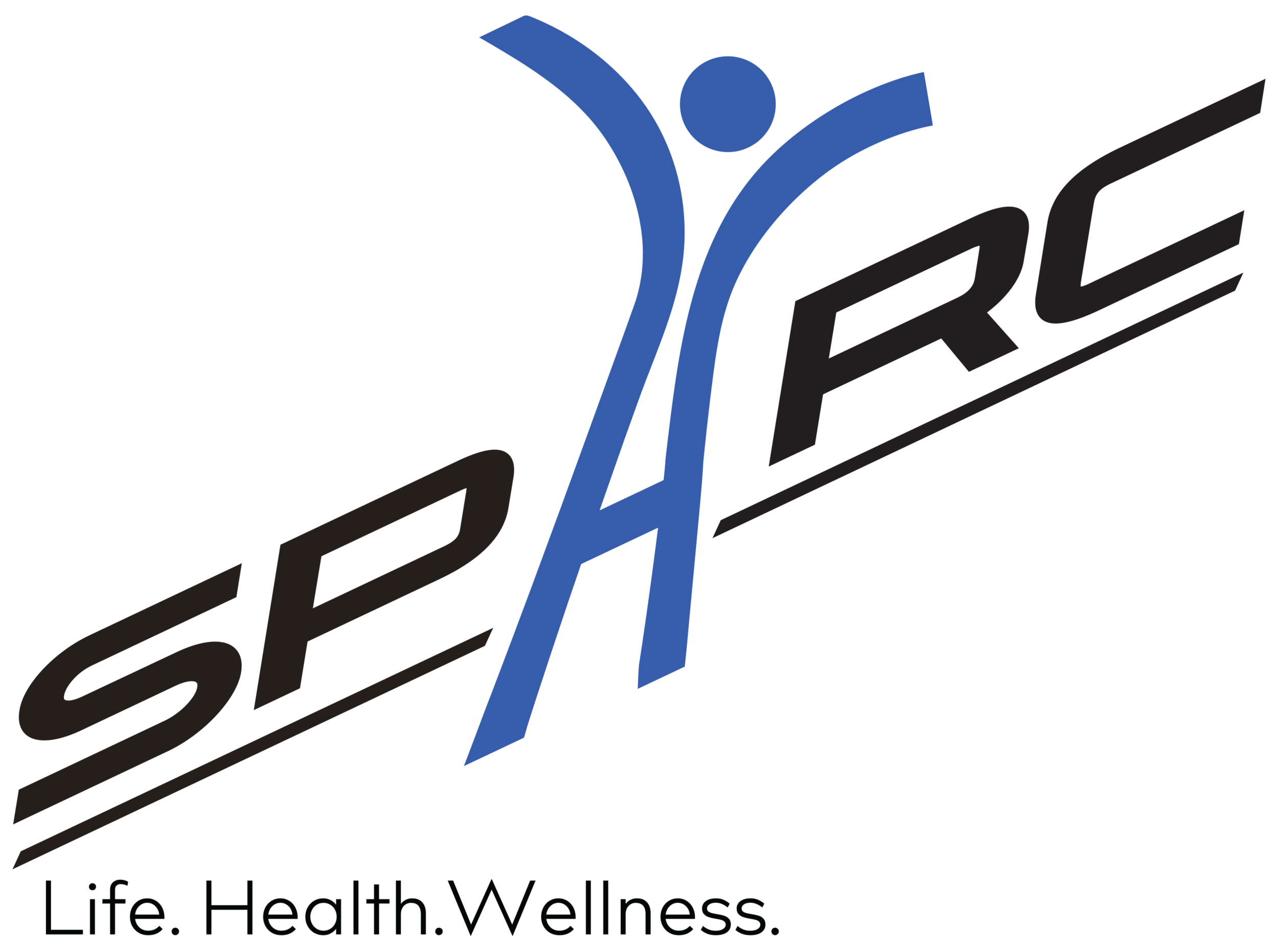Tired: The Life of an Athlete?
Regardless of the sport, all successful athletes have one thing in common: the commitment to rigorous training of the body. Naturally, the demanding physical routine placed on athletes can lead to soreness, fatigue and changes within the body. However, overtraining is a serious threat to athletes. How do you know if you’re just training hard or if you’ve entered a state of overtraining? Here are a few red flags:
1. Persistent fatigue that lasts day in and day out.
2. Feeling like you can’t bounce back between training sessions, workouts or competitions.
3. Decreased quality of training sessions due to fatigue.
4. Decreased motivation to train or compete.
5. Feeling sad, down or depressed without really knowing why.
6. Increased irritability
7. Increased resting heart rate
8. Difficulty sleeping at night
9. Hormonal imbalances
10. Recent injury, difficulty recovering from injury or increasing levels of body pain
If one or more of these symptoms seems to fit you, then you may be overtraining. Continuing down this path can lead to overtraining syndrome (OTS). Overtraining syndrome occurs when an athlete cannot fully recover from exercise or training bouts. This is usually because the training is too intense for too long or the athlete isn’t resting enough. OTS affects a person’s immune system, nervous system and hormones. Thus, this has large effects on the body and mind. Shifts in mood are very common as higher levels of cortisol, a stress hormone, linger in the body. Higher levels of stress hormones can cause inflammation in the body and prevent muscle tissue from fully repairing after training. Although periods of intense physical training lead to body fatigue and are appropriate for athletes, reaching this point of overtraining is NOT OKAY. What can you do to prevent overtraining syndrome or recover from it?
Rest. Rest is an actual component to training. Training may stimulate the body to increase its speed, strength, flexibility or skill, but these gains only occur when rest and recovery can happen. Thus, training and practicing are useless unless proper rest is incorporated into the overall program. If you’ve been overtraining, take some time off and let your mind and body refresh itself. If this break from training is currently impossible, then significantly reduce your workload. Avoid ALL HIGH INTENSITY training for a period of time. This will allow the body to reduce its cortisol levels. Instead, do low intensity aerobic training in the meantime. Additionally, allow adequate time for sleep, shooting for at least 8 hours of sleep per night.
Periodize your training program. Periodization refers to cycling through different types of training during your training year. The goal is to physically peak an athlete before competition. If your training is exactly the same every day of the year, especially at the same intensity level, overtraining will most likely happen at some point. Instead, there should be periods of very intense training, called overreaching, followed by periods of low intensity training. More physical gains will be made as athletes will have recovery built into their program. The right coach will help you periodize your training regimen and help you be at your absolute best for competition.
Improve your nutrition. Most athletes are concerned with what they eat and usually need large quantities of food to support their activity level. However, food quality is a definite concern. Refined carbohydrates increase inflammation in the body and prevent recovery. So avoid refined carbohydrates and sugar as much as possible. Instead, increase intake of vegetables and fiber which can have an anti-inflammatory effect. Also, make sure to stay hydrated!
Cross-train. It can be easy to get stuck in the same routine or to spend the majority of the time practicing your sport. When you’ve reached the point of overtraining, rest is the most crucial action you can take but cross-training is a great strategy to prevent OTS from happening in the first place. Take time to try other physical activities and types of exercise. This will help decrease the repetitive strain that sport specific activities create.
If you have tried all these strategies and your symptoms do not subside, it’s time to consult a physician. They can do blood testing and other evaluative techniques to find the problem and help you resolve it.
